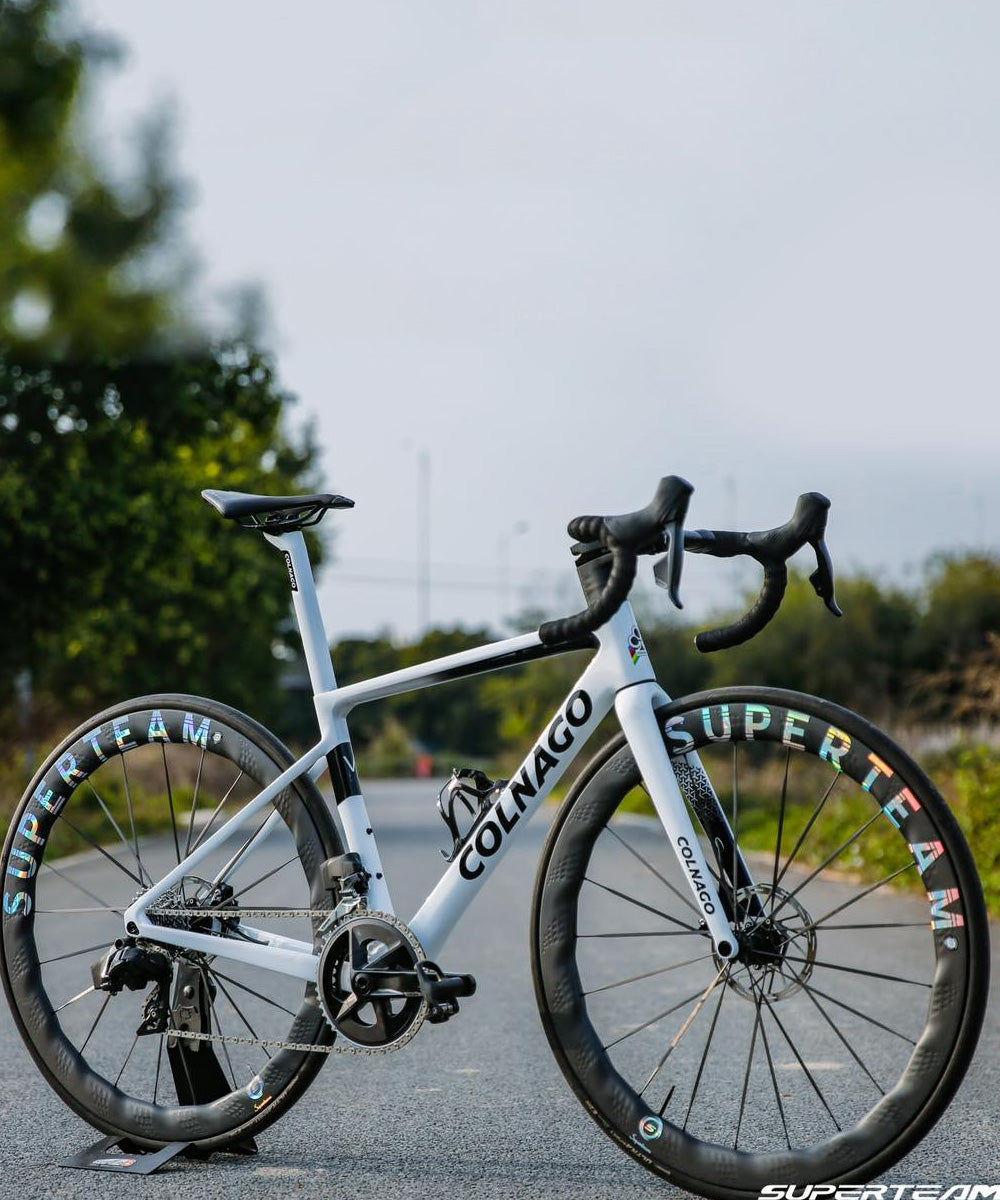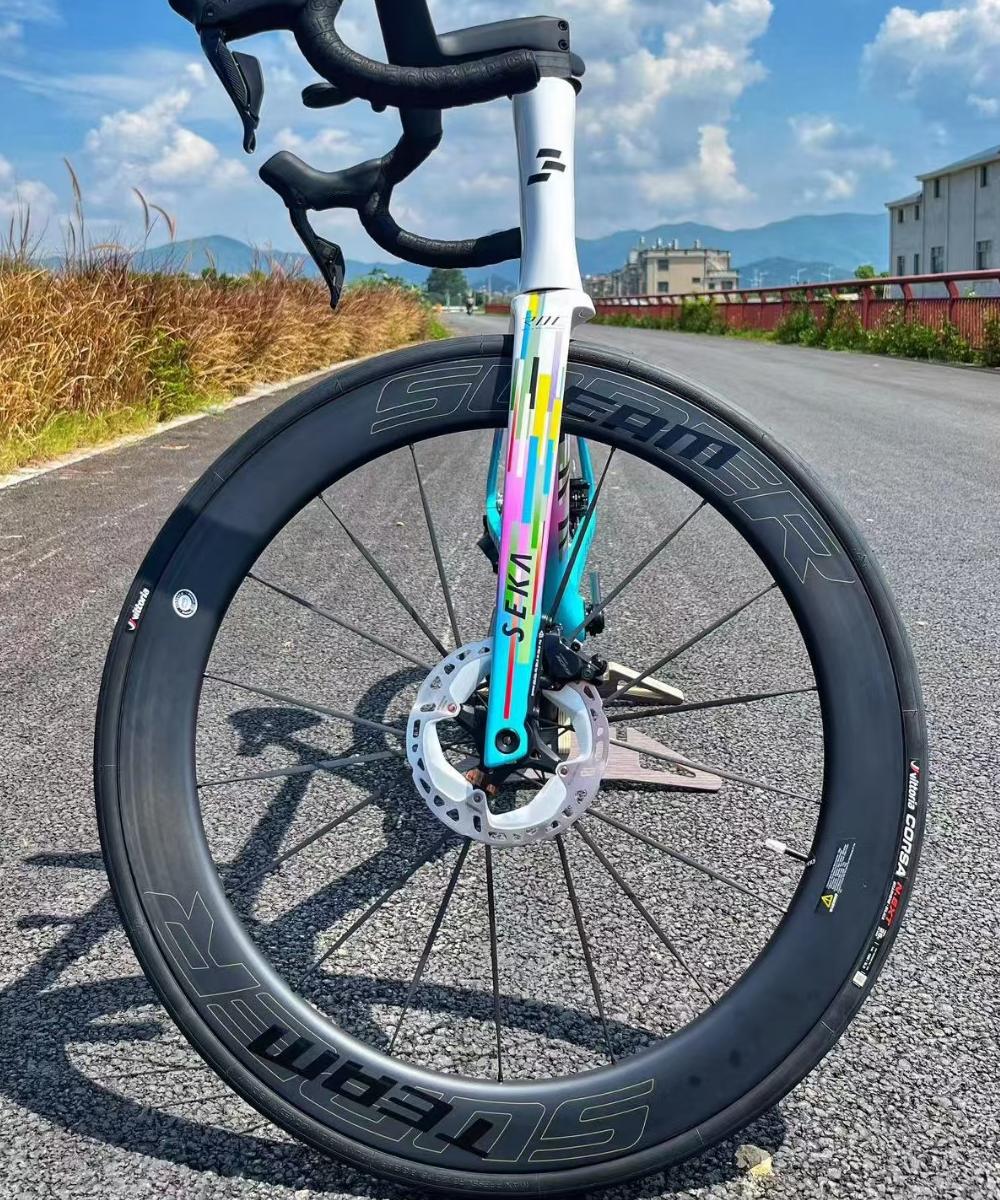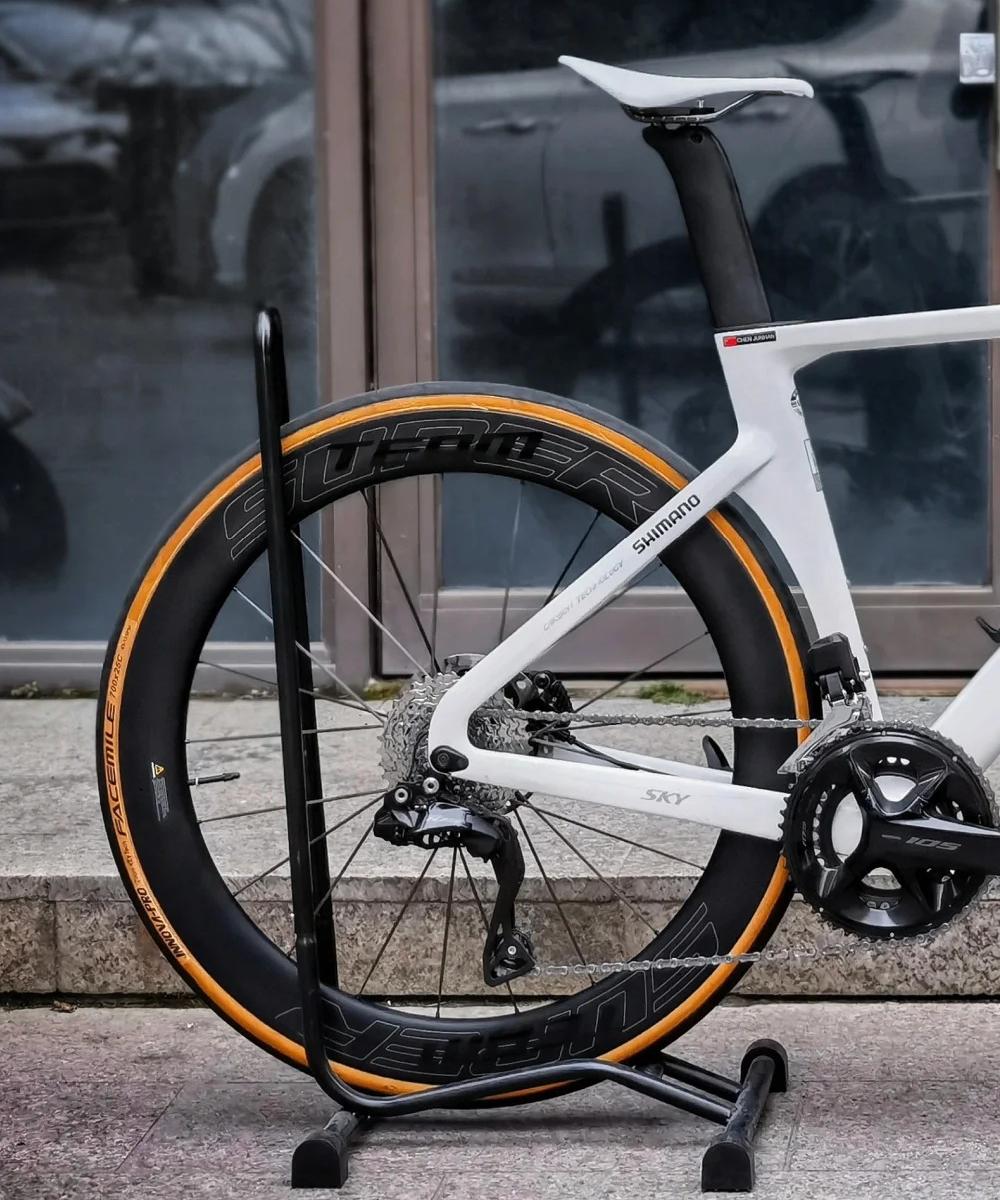Tubeless Rim Tape: When and Why to Replace It
Tubeless technology has made road, gravel, and mountain biking faster and more reliable, but one small component often gets overlooked: rim tape. This thin strip is crucial in creating an airtight seal between your tire and rim. Neglecting it can lead to frustrating air leaks, poor tubeless performance, or even safety issues. Knowing when and why to replace rim tape is key to keeping your wheel system running smoothly.
Why Rim Tape Matters
Tubeless rim tape serves two primary purposes:
Air Retention – It seals the spoke holes in the rim bed, preventing air from escaping into the cavity of the wheel.
Tire Fitment – It ensures the tire seats properly on the bead shelf without gaps or leaks.
Damaged or improperly applied tape compromises both, often leading to “mystery” air loss even with good tires and sealant.
When to Replace Rim Tape
You don’t need to replace rim tape frequently, but there are clear signs it’s time for new tape:
Persistent Air Leaks: If your tubeless setup loses pressure overnight despite fresh sealant, the tape may be at fault.
Visible Damage: Cuts, tears, or bubbling along the spoke holes indicate the tape can no longer seal properly.
Peeling or Lifting Edges: When the tape starts to lift from the rim bed, air can seep through.
Residue or Sealant Saturation: Over time, sealant can seep under the tape, weakening adhesion and reducing effectiveness.
Multiple Tire Swaps: Frequent mounting and unmounting stress the tape, especially with tight-fitting tires.
How to Replace Rim Tape
Remove Old Tape – Carefully peel it off, removing any leftover adhesive.
Clean the Rim Bed – Wipe with isopropyl alcohol to ensure a clean, dry surface.
Apply New Tape – Start opposite the valve hole, overlapping slightly when you finish. Stretch the tape firmly into the rim bed to avoid bubbles.
Puncture the Valve Hole – Use a sharp tool to make a clean hole, then install the valve.
Choosing the Right Tape
Width: The tape should match or slightly exceed the internal rim width.
Durability: High-quality tubeless-specific tape resists tearing and sealant damage better than generic alternatives.
Final Thoughts
Tubeless setups rely on every component working together—tire, rim, sealant, and rim tape. Replacing worn tape is inexpensive compared to the frustration of chasing constant leaks or losing pressure mid-ride. Think of it as a small but essential investment in both performance and reliability.




